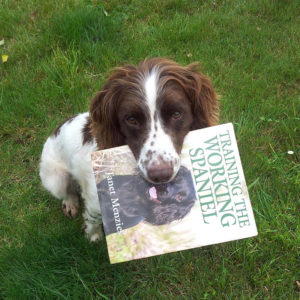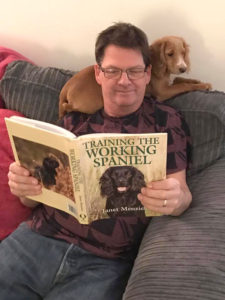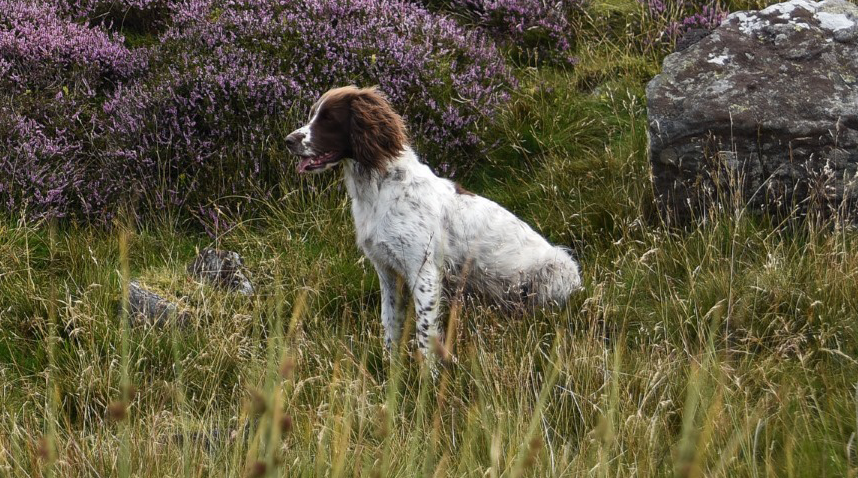[et_pb_section bb_built=”1″ next_background_color=”#000000″ _builder_version=”3.17.6″ custom_margin=”0px||25px|” custom_padding=”0px||0px|”][et_pb_row _builder_version=”3.17.6″ custom_margin=”0px||0px|” custom_padding=”0px||0px|”][et_pb_column type=”4_4″][et_pb_post_title _builder_version=”3.17.6″ comments=”off” featured_image=”off” /][/et_pb_column][/et_pb_row][/et_pb_section][et_pb_section bb_built=”1″ fullwidth=”on” specialty=”off” prev_background_color=”#000000″ next_background_color=”#000000″ _builder_version=”3.17.6″ custom_margin=”||0px|” custom_padding=”||0px|”][et_pb_fullwidth_image _builder_version=”3.17.6″ src=”https://0ld.basc.org.uk/wp-content/uploads/2019/07/gundog-sitting-in-heather-1800×400.png” custom_margin=”||0px|” custom_padding=”||5px|” /][/et_pb_section][et_pb_section bb_built=”1″ specialty=”off” prev_background_color=”#000000″ _builder_version=”3.17.6″ custom_margin=”0px|||” custom_padding=”0px|||”][et_pb_row _builder_version=”3.17.6″ custom_margin=”0px|||” custom_padding=”0px|||”][et_pb_column type=”3_4″][et_pb_team_member _builder_version=”3.17.6″ name=”Janet Menzies” position=”Author” image_url=”https://0ld.basc.org.uk/wp-content/uploads/2019/03/Janet-menzies.jpg” background_color=”#334965″ background_layout=”dark” saved_tabs=”all”]
[/et_pb_team_member][et_pb_text _builder_version=”3.17.6″]
 There are some charming pictures popping up on social media of dogs studiously reading my book, Training the Working Spaniel, and we all agree that if only dogs could read, it would solve all our training problems. Would it though? It’s one thing being sensible enough to listen to advice, but what if it’s the wrong advice?
There are some charming pictures popping up on social media of dogs studiously reading my book, Training the Working Spaniel, and we all agree that if only dogs could read, it would solve all our training problems. Would it though? It’s one thing being sensible enough to listen to advice, but what if it’s the wrong advice?
Gundog owners are flooded with training advice, and while most of it is well-meaning, much is misguided, wrong and even avaricious. When I got my first working cocker spaniel more than twenty years ago, I very sensibly bought a book about training gundogs. I tried my best to follow it, but Tara didn’t seem to have anything in common with the dogs in the pictures, and none of the guidelines had any impact on her whatsoever.
The book said: “If your dog is naughty, rattle a rolled-up newspaper over its head.” This raised some concerns straight away. First get near enough to your dog … and then conveniently have a rolled-up newspaper handy in the middle of two thousand acres of moorland! Why did I not notice that the picture on the front of the book was of a labrador? I had comprehensively taken the wrong advice. Even if the book had been any good, the author certainly didn’t have working cockers in mind when he wrote it. So, when we need advice how are we to know that the advice we get is the right advice? How can you tell who really knows what they are talking about?
 The first thing to beware of is advice that involves you buying products. New dog owners are constantly told that this or that extra bit of kit will solve all their worries, or this new super-food will make everything better. Consistent hard work and patient training cost nothing, but it is often more tempting to throw money at the problem. And that’s another pitfall of bad advice – avoid those who are offering quick fixes of any kind.
The first thing to beware of is advice that involves you buying products. New dog owners are constantly told that this or that extra bit of kit will solve all their worries, or this new super-food will make everything better. Consistent hard work and patient training cost nothing, but it is often more tempting to throw money at the problem. And that’s another pitfall of bad advice – avoid those who are offering quick fixes of any kind.
- Listen to your instinctive reaction as well: if the advice sounds extreme or wacky, put it to one side. But when you consistently receive the same tips from lots of people, that’s usually because they work.
- Find out something about the person offering the advice. Are they experienced with your breed of dog? Have they already proved their expertise in the area of training in which you need advice? Pet dog trainers are often very successful with lap dogs, but their techniques are not applicable to gundogs working in the shooting environment. Ask around and get the opinion of people you respect. You should soon be hearing the same two or three names coming up as the best people for advice.
- In the working gundog world, we are very lucky because the system of field trialling, working tests, and training clubs has created a network of trusted experts who are very committed to their sport. So join your local club – you can find details on the Kennel Club website (thekennelclub.org.uk) and through BASC. Look out for people who are putting something back into their sport by running clubs and competitions and by being volunteer judges.
- When buying a training book, check out the author’s biography and look at reviews from people with the same type of dog as you.
- And if you post asking for advice on social media, prepare to be bombarded and bamboozled with answers that vary from obviously idiotic to subtly nutty. It’s actually quite hard to keep a clear head when you’re in the middle of a stream of comments, so switch it off while you sort the good advice from the bad and the ugly.
[/et_pb_text][et_pb_text _builder_version=”3.17.6″]
[/et_pb_text][/et_pb_column][et_pb_column type=”1_4″][et_pb_sidebar _builder_version=”3.17.6″ area=”et_pb_widget_area_27″ orientation=”right” custom_css_widget=”.pis-title {|| font-size: 16px;|| color: #078463;|| padding-bottom: 5px;|| line-height: 1.3em;|| font-weight: bold;||}||||||||.pis-excerpt {font-size:14px;}||” /][/et_pb_column][/et_pb_row][/et_pb_section]
